These clocks promise to measure biological age and help identify anti-aging drugs, but there are lingering questions over their accuracy.
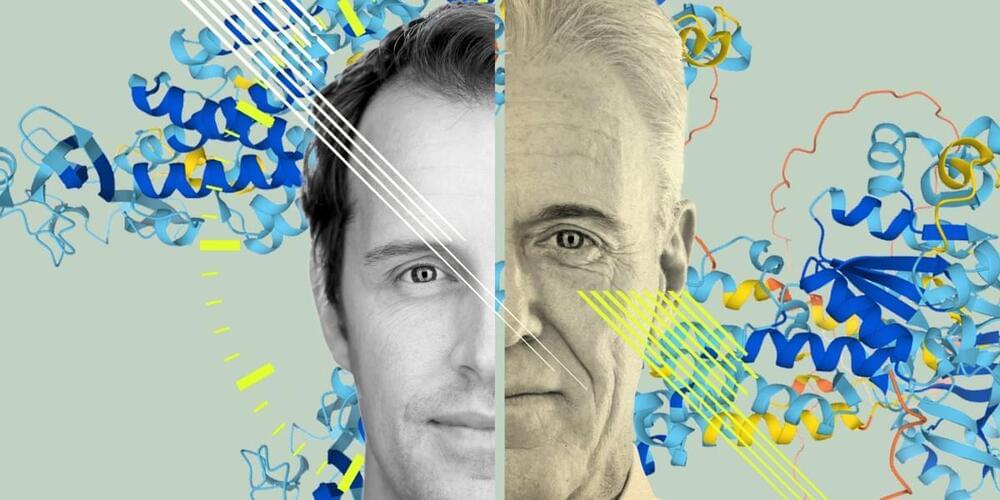

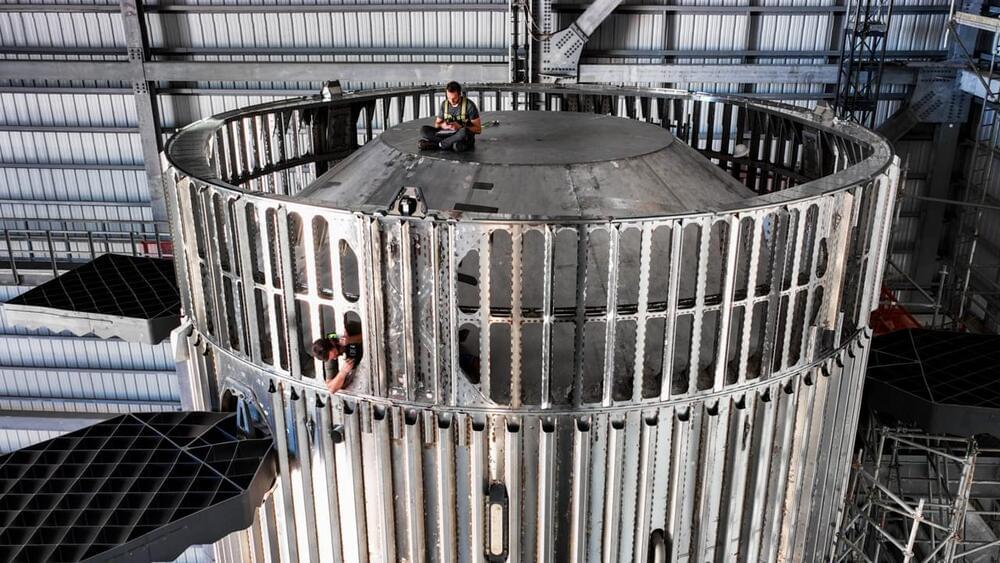
SpaceX recently installed the new hot staging ring atop Booster 9 that will attempt this new stage separation method.
The hot staging ring has gone through its own test campaign, including being connected to the “can crusher,” which simulates stresses on the rocket during liftoff and, having passed that test, was then installed.
Hot staging is when the 2nd stage, in this case, Starship, ignites its engines while still connected to then pull away from Booster 9, which will also still be firing some of its own engines but with those throttled down. The hot staging method isn’t a new idea, as it has been used by Russian rockets for years now and also by older American rockets such as the Titan II.
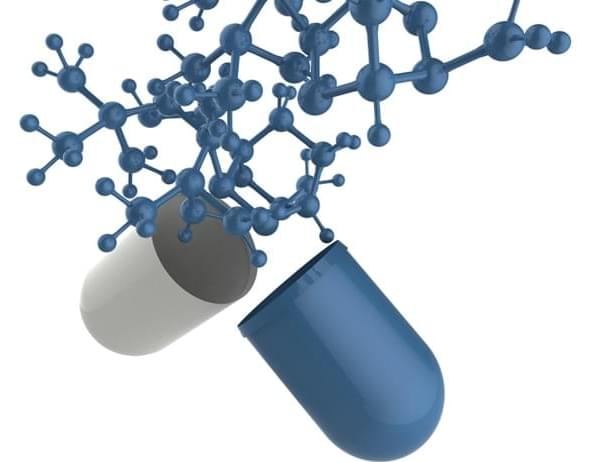
Bacteria draw from an arsenal of weapons to combat the drugs intended to kill them. Among the most prevalent of these weapons are ribosome-modifying enzymes. These enzymes are growing increasingly common, appearing worldwide in clinical samples in a range of drug-resistant bacteria.
Now scientists have captured the first images of one important class of these enzymes in action. The images show how the enzymes latch onto a particular site on the bacterial ribosome and squeeze it like a pair of tweezers to extract an RNA nucleotide and alter it. The Proceedings of the National Academy of Sciences (PNAS) published the findings, led by scientists at Emory University.
The advanced technique of cryoelectron microscopy made the ultra-high-resolution, three-dimensional snapshots possible.

Brain age was estimated using an algorithm that combined multiple measures of brain structure obtained through MRI scans when the participants were 45 years old. This algorithm quantified the difference between estimated brain age and the participants’ chronological age, referred to as brain age gap estimate.
If the estimated brain age is higher than the chronological age, it suggests that the brain’s structural characteristics are more similar to those of an older individual. Conversely, if the estimated brain age is lower than the chronological age, the brain’s structural characteristics resemble those of a younger individual.
Lay-Yee and his colleagues also adjusted their analyses for various potential confounding factors. These included socio-demographic factors like sex and socio-economic status, as well as family factors (teen-aged mother, single parent, change in residence, maltreatment) and child-behavioral factors (self-control, worry/fearfulness).

This post is also available in:  עברית (Hebrew)
עברית (Hebrew)
A new study reveals that artificial intelligence models can actually have varying political opinions. Researchers from Washington, Carnegie Mellon, and Xi’an Jiaotong universities worked with 14 large language models (LLMs) and discovered that they all had different political opinions and biases.
According to Interesting Engineering, the researchers presented the language models with 62 politically sensitive statements and asked them to agree or disagree. The answers were then used to create a political compass that measures the degree of social and economic liberalism or conservatism.

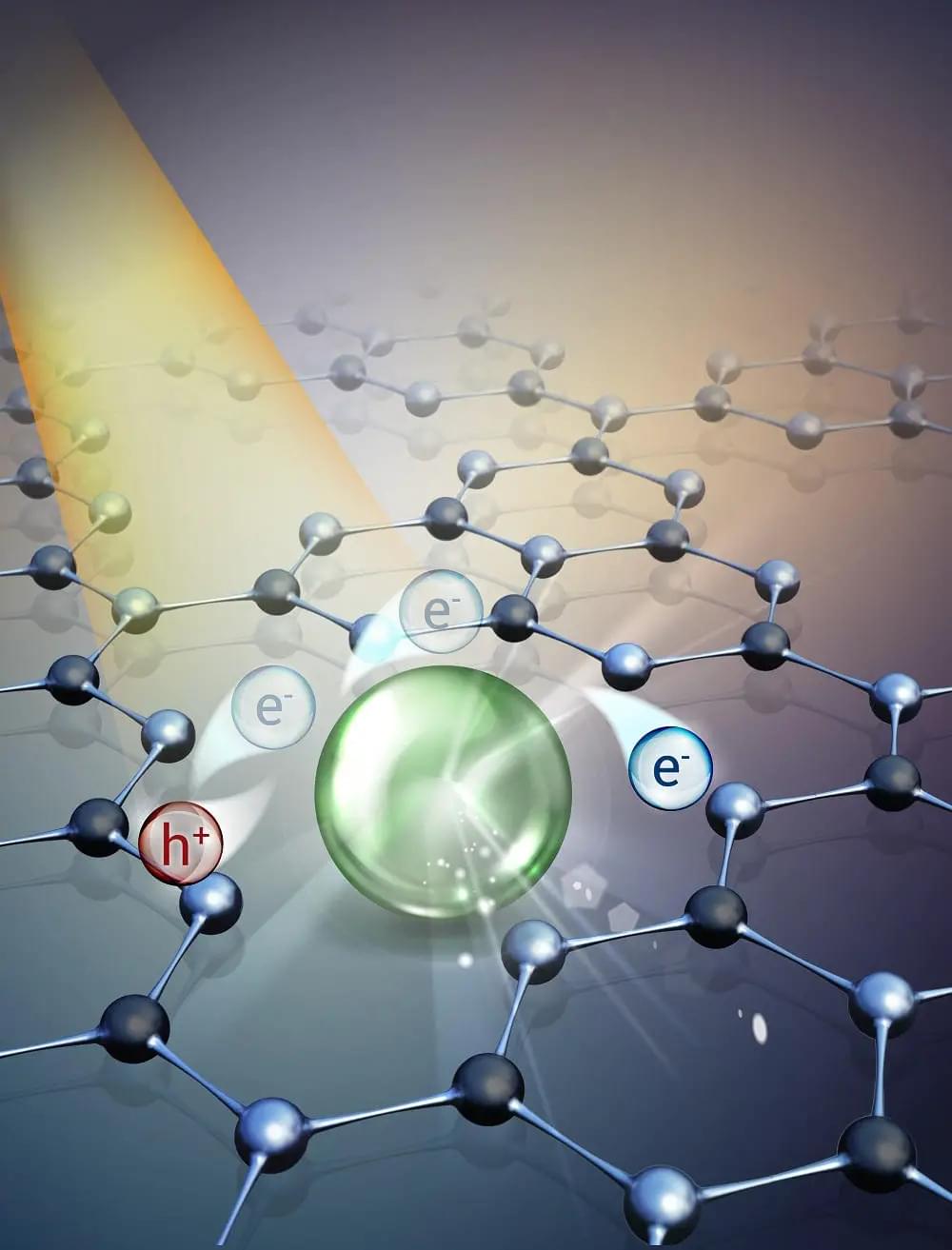
A new discovery by the Polytechnic University of Milan opens up new perspectives in the field of sustainable chemical synthesis, promoting innovative solutions that allow chemicals to be created in a more efficient and environmentally friendly way. The findings were recently published in the journal Nature Synthesis.
Using the innovative technique of dispersing isolated atoms on carbon nitride supports, the team developed a catalyst that is more active and selective in esterification reactions. This is an important reaction in which carboxylic acids and bromides are combined to form products used in the manufacture of medicines, food additives, and polymers.
The revolutionary feature of this new catalyst is that it reduces the use of rare metals, a significant step towards conserving critical resources and making processes more sustainable. In addition, the catalyst can be activated by sunlight, eliminating the need for energy-intensive methods. This discovery holds enormous potential in reducing dependence on finite resources and lowering the environmental impact of catalytic processes.
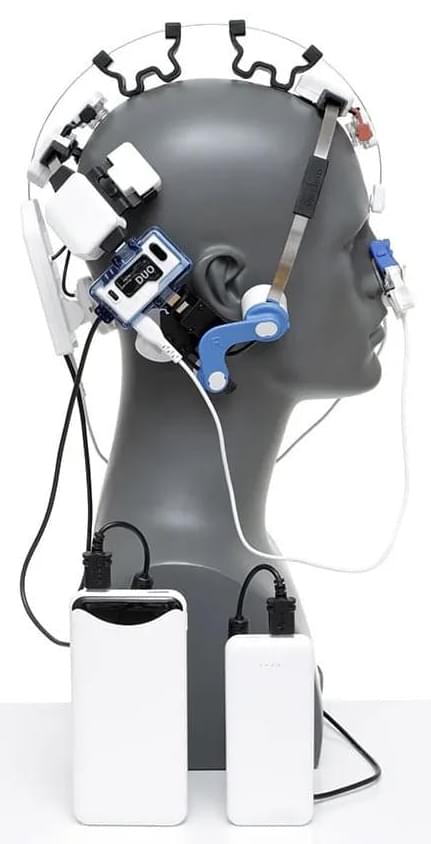

With just a couple of “pieces of matter”—representations of one basic unit of a material—the new platform can create thousands of previously unknown morphologies, or structures, with the properties Amir Alavi specified.(Credit: Amir Alavi/U. Pittsburgh)
In a paper published in the journal Advanced Intelligent Systems, Amir Alavi, assistant professor of civil and environmental engineering in the University of Pittsburgh’s Swanson School of Engineering, outlines a platform for the evolution of metamaterials, synthetic materials purposefully engineered to have specific properties.
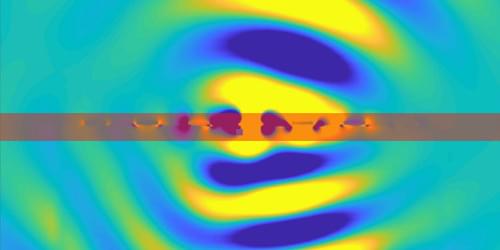
A thin film patterned with nanoantennas exhibits negative refraction of light, a useful feature for subwavelength imaging.
Materials that refract light the “wrong way” could be used to make optical lenses that can image objects smaller than visible wavelengths. So-called negative refraction has been demonstrated in thin films in which surface plasmons—collective charge oscillations—have been excited by a powerful laser. Now, an international team involving Purdue University, Indiana, the University of Glasgow, UK, and Imperial College London show that they can more efficiently achieve the same effect by placing an array of nanoscale antennas on the film.